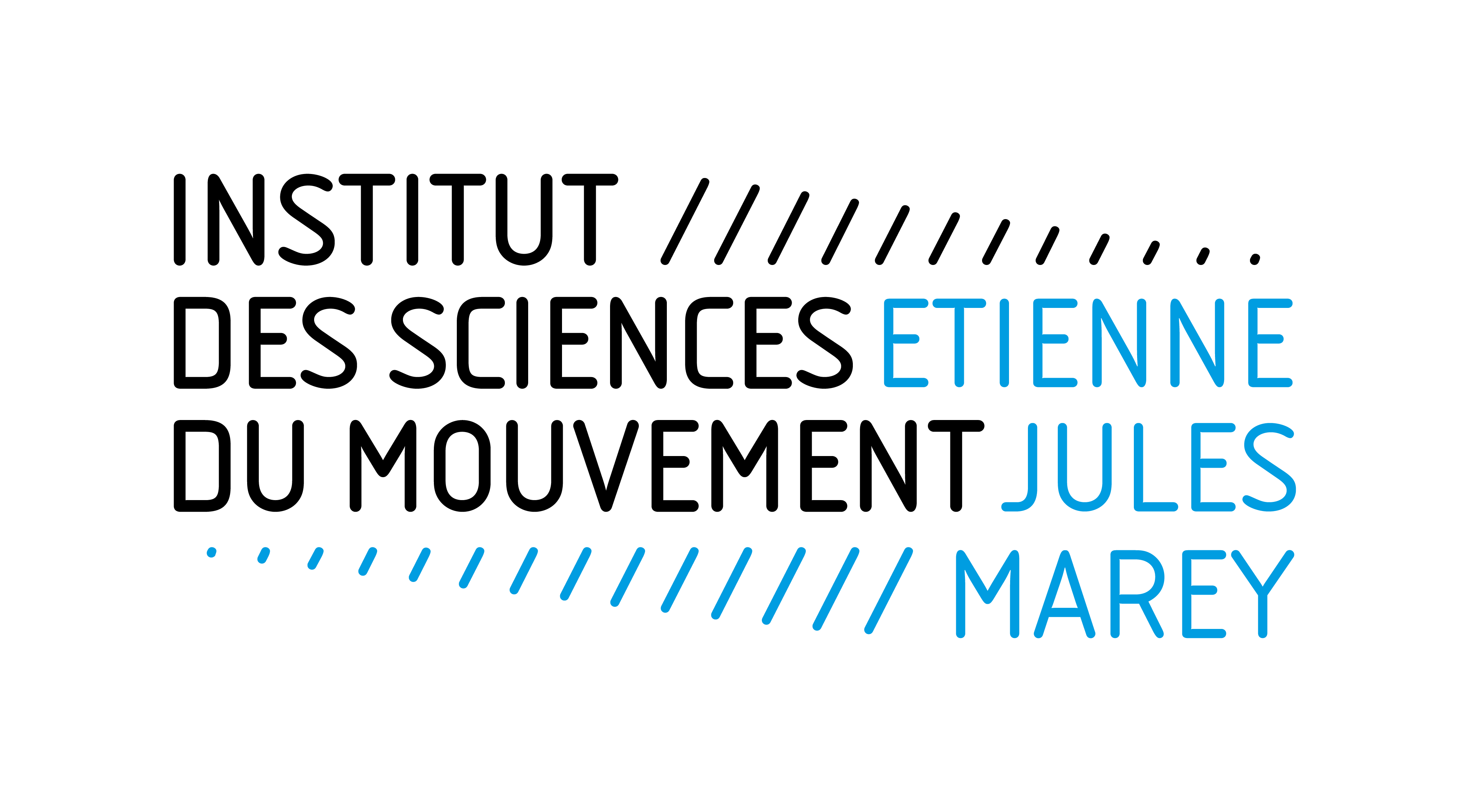Séminaire ISM du Jeudi 20 novembre 2025
de 13 à 14h en salle des thèses
Title: What is balance? A vital mechano-regulation paradigm
By Dr NM Wilkinson (Lyon), invited by S Viollet
Abstract
Within minutes of birth a newborn gnu or giraffe works to stand and walk, asserting postural balance and organised animate behaviour in an apparently goal-directed manner. In contrast, robots learning to stand and walk from scratch begin with random flailing, the behaviour cohering over time as the robot internalises some reward/value signal. How does the newborn gnu ‘innately know’ what goal to aim for, and decide to work towards it? How could similar goal-directed balance learning be implemented in robots? Currently, animate balance inherits its axiomatic definition from the Newtonian formulation for inanimate balance; static mechanical equilibrium. This is arguably inappropriate for animate balance, because animals need to move and are never in static mechanical equilibrium; giving rise to the ‘posture-movement paradox’. This presentation outlines my recent work proposing a more fluid, dynamical axiomatic task definition and goal which (a) isolates resisting gravity, (b) admits and enables movement, and (c) subsumes static mechanical equilibrium as a special case. This novel definition is founded upon inevitable biophysical requirements and observable developmental process. The talk will explain how animals are calibrated to embed this goal through prenatal development suspended in equidense amniotic fluid, and then are challenged to self-maintain it by the perinatal transition. The account entails a paradigmatic shift in putative physiological organisation and associated conceptual framework for balance; from a subsidiary sensorimotor control task, to a vital mechano-regulation task organisationally akin to thermo-regulation. This vital mechano-regulation model of balance has practical implications and implies a range of predictions.
Bio
Dr. Nicholas Wilkinson completed his PhD at the Istituto Italiano di Tecnologia/University of Genoa in 2014, under the supervision of Prof. Giorgio Metta. His work addressed the embodied causes underlying innate social and perceptual preferences in newborn humans, using robotic models. In recent years he has been working at the University of Leeds School of Food Science and Nutrition on children’s eating behaviour, in a public health context. He is currently aiming to return to bio-robotic modelling to unpack the vital mechano-regulation framework, and is seeking funding for this project.

